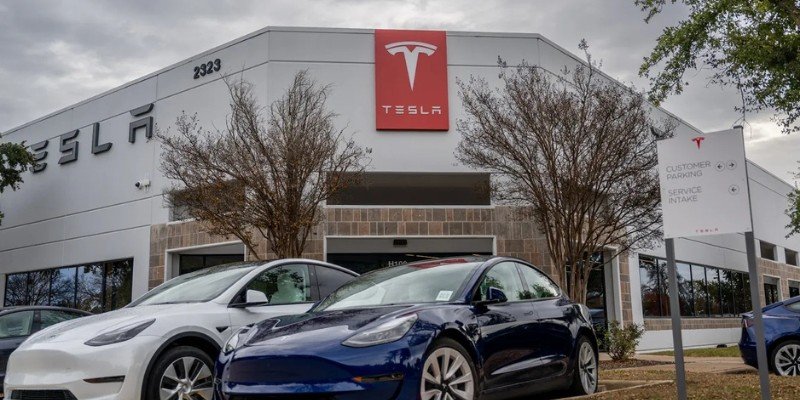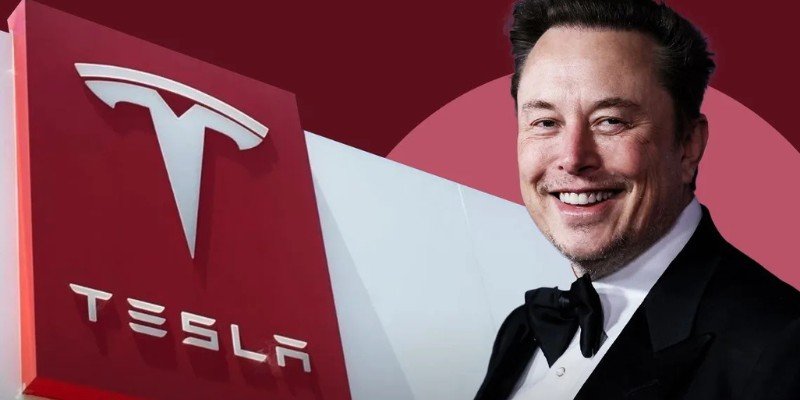Tesla’s launch of Tesla Morocco in Casablanca on 27 May 2025 marks a bold step towards transforming Africa’s electric vehicle (EV) landscape. The new office—located in the upscale Casablanca Marina business district—will serve as a hub for vehicle sales, servicing, charging infrastructure, and renewable energy solutions such as solar panels and battery storage. This multifaceted approach highlights Tesla’s intent to address Africa’s unique mobility and energy challenges holistically, positioning Morocco as a strategic gateway for the continent.
What makes this move particularly significant is Morocco’s rare blend of natural resources, infrastructure, and investor-friendly policies, which Tesla is well-placed to leverage. Unlike in other markets where Tesla began with sales alone, Morocco’s potential as a production and export base—strengthened by the planned factory near Kenitra, announced by Elon Musk in April 2025—sets it apart. Coupled with local enthusiasm reflected in posts on X describing Morocco as a “green energy hub,” Tesla’s entry could spark wider economic and environmental benefits across Africa.
Local battery advantage
Morocco’s vast phosphate reserves—among the largest globally—offer Tesla a unique opportunity to localise the production of lithium iron phosphate (LFP) batteries, which are cheaper and more sustainable than cobalt-based alternatives. Tesla’s shift towards LFP technology aligns with Morocco’s National Electric Mobility Strategy, which targets 20% EV penetration in new vehicle sales by 2030. By sourcing phosphate locally, Tesla could cut battery costs significantly—a crucial factor in a region where the average urban Moroccan earns about $350 monthly, rendering Tesla’s $40,000 vehicles largely unaffordable. Local battery production could support the introduction of more accessible models, such as the anticipated $25,000 compact EV tailored to emerging markets.
This strategy addresses one of Africa’s biggest obstacles to EV adoption: affordability. Reduced battery costs could make Tesla more competitive while encouraging other manufacturers to follow suit, fostering a regional EV ecosystem. Moreover, Morocco’s government is prioritising battery manufacturing, with initiatives such as the Tanger Tech industrial zone offering incentives for green tech investments. Tesla’s Casablanca office could act as a coordination centre for these efforts, potentially positioning Morocco as a key supplier of LFP batteries in Tesla’s global supply chain, with positive implications for job creation and economic growth.
Clean energy integration
Tesla Morocco’s remit goes beyond vehicles to include solar panels and battery storage—a strategic step to integrate EVs with Morocco’s thriving renewable energy sector. The country’s Noor Ouarzazate Solar Complex, one of the world’s largest, offers a model for powering Tesla’s Supercharger network—already operational in Casablanca, Tangier, Rabat, Fez, Marrakesh, and Agadir since 2021—with clean energy. This synergy supports a self-sustaining mobility ecosystem in a region where unreliable electricity and sparse charging infrastructure remain barriers to EV adoption. By combining solar-powered charging with battery storage, Tesla can ensure consistent access in both urban and remote areas.

This is particularly relevant for Africa’s rapidly urbanising cities, such as Lagos and Nairobi, where congestion and pollution are intensifying. Located in the Crystal Tower at Casablanca Marina, Tesla’s office is well-placed to pilot scalable solutions for the continent. Integrating EV charging with Morocco’s renewable grid could reduce fossil fuel dependence and support global sustainability targets. X users have noted this potential, calling Morocco a “trailblazer for Africa’s green revolution,” and suggesting Tesla’s model could inspire similar systems across solar-rich African countries.
Manufacturing & export powerhouse
The proposed Tesla factory near Kenitra—set to produce up to 400,000 vehicles annually, including the Model Y—cements Morocco’s role as a manufacturing leader. Unlike in markets such as Chile or India, where sales preceded local production, Morocco already hosts major automotive firms like Renault and Stellantis, offering Tesla immediate scalability. Proximity to Tangier Med, Africa’s largest container port, enhances Morocco’s appeal as an export base to Europe and other African markets. Tesla’s Casablanca office can thus coordinate logistics and expansion from a highly strategic location.
Beyond production, the Kenitra facility is expected to deliver major economic benefits, including job creation and technology transfer. With Morocco’s auto industry already employing over 220,000 people, Tesla’s investment could further boost employment and skills in EV and battery manufacturing. Posts on X reflect local optimism, with users highlighting Morocco’s role in strengthening US-Africa economic ties. A full EV ecosystem—from manufacturing to renewable-powered charging—could make Tesla’s Casablanca operation a model for other African nations, addressing urban mobility and driving sustainable development.
Conclusion
Tesla’s Casablanca office represents a turning point—leveraging Morocco’s phosphate reserves, renewable energy capacity, and trade advantages to make EVs more accessible and sustainable. This strategic move could reshape Africa’s mobility landscape and serve as a blueprint for economic and environmental progress across the continent.
















